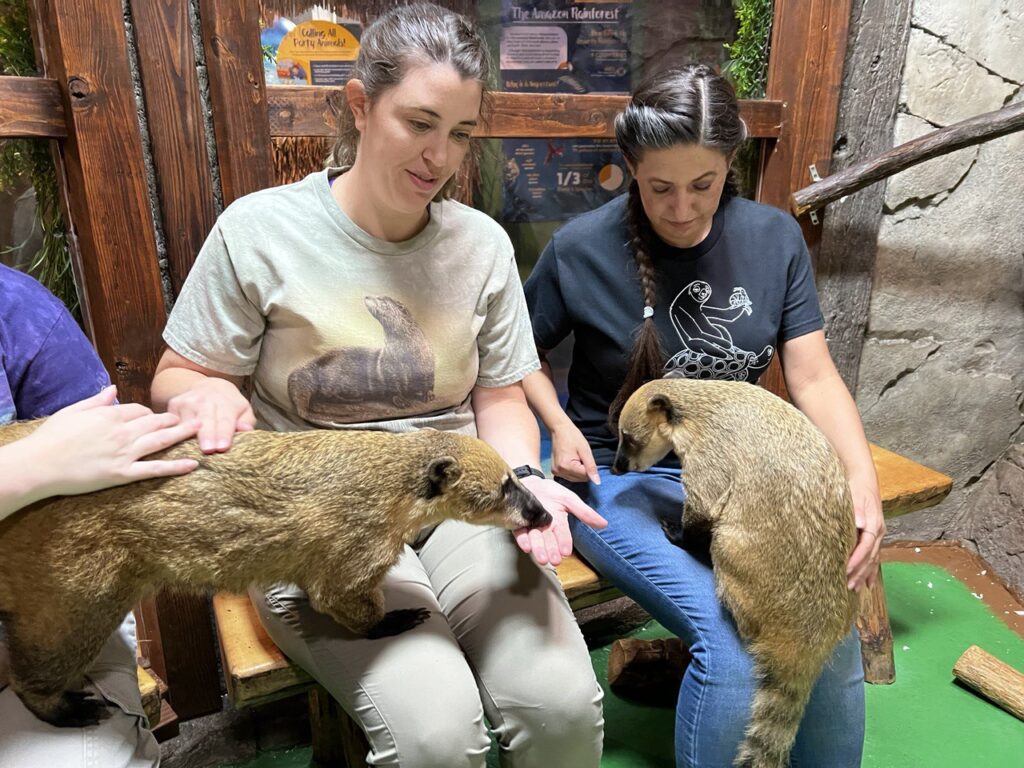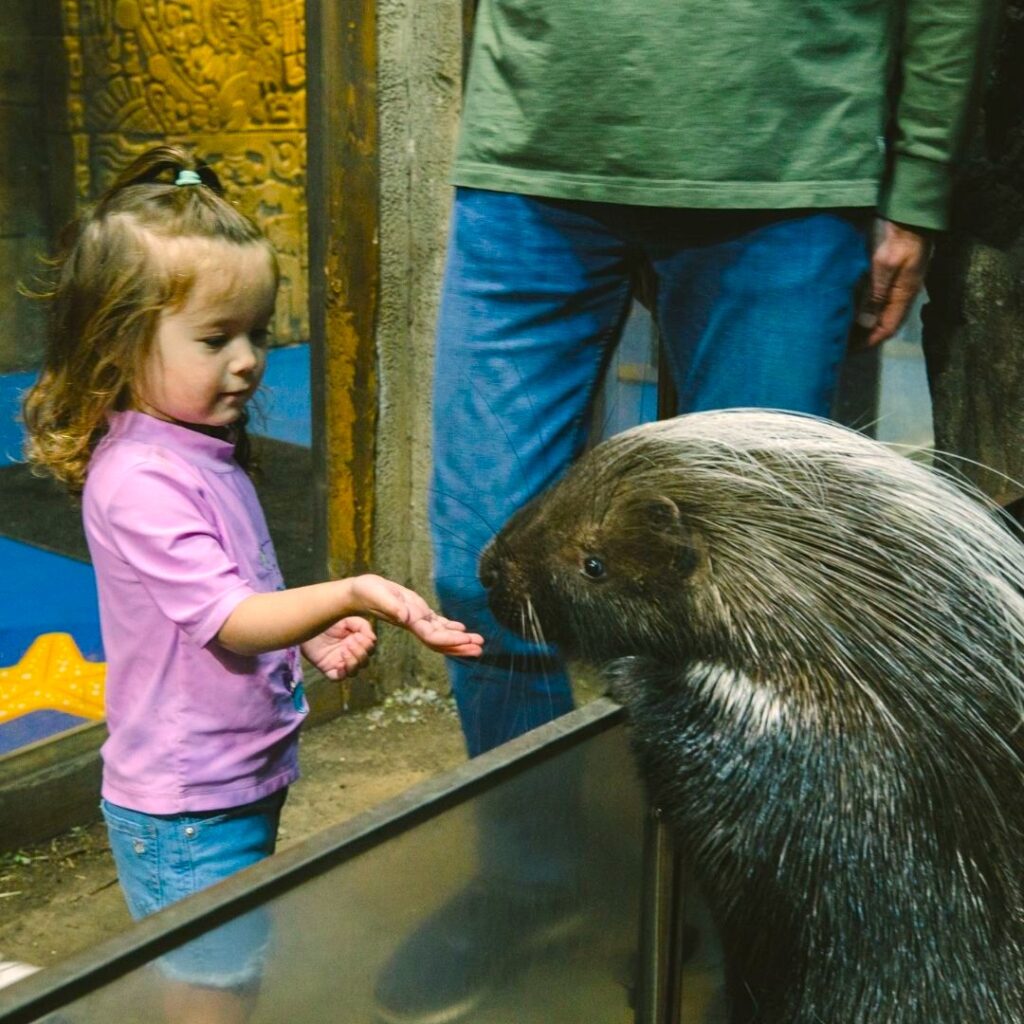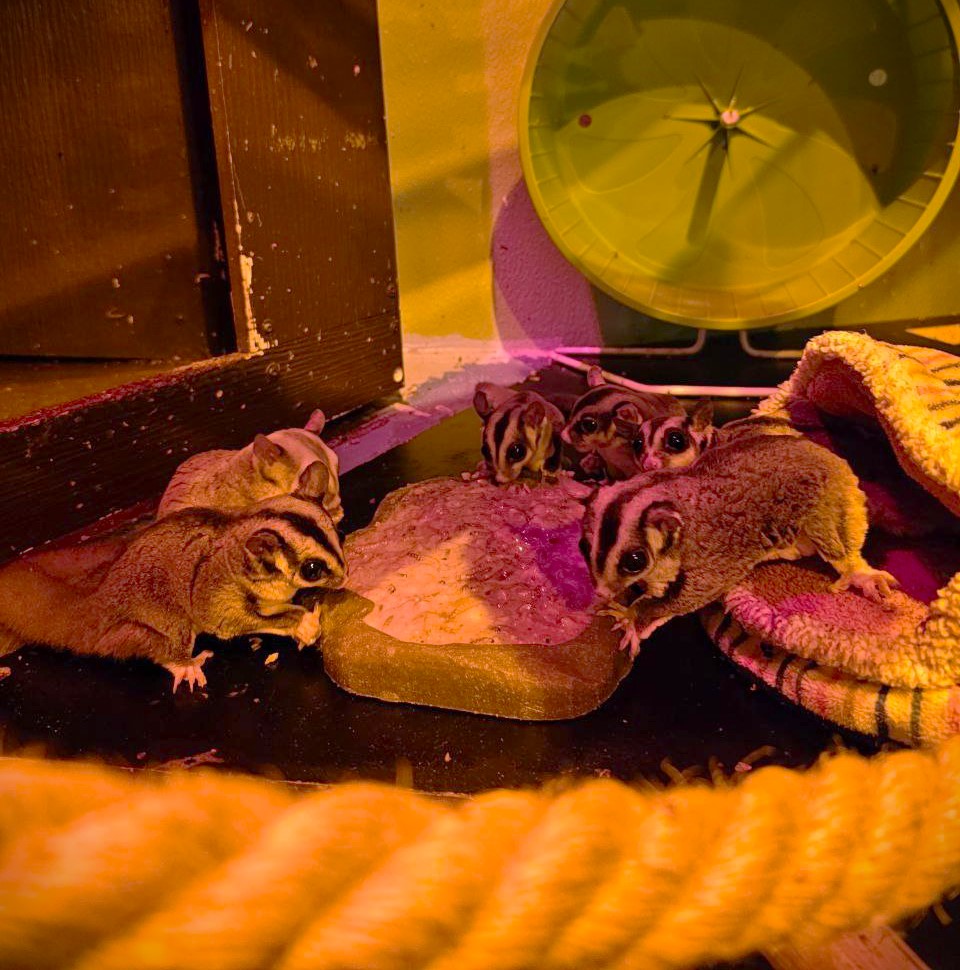From the Land Down Under - Meet our Wallaby friend!
Share it on:
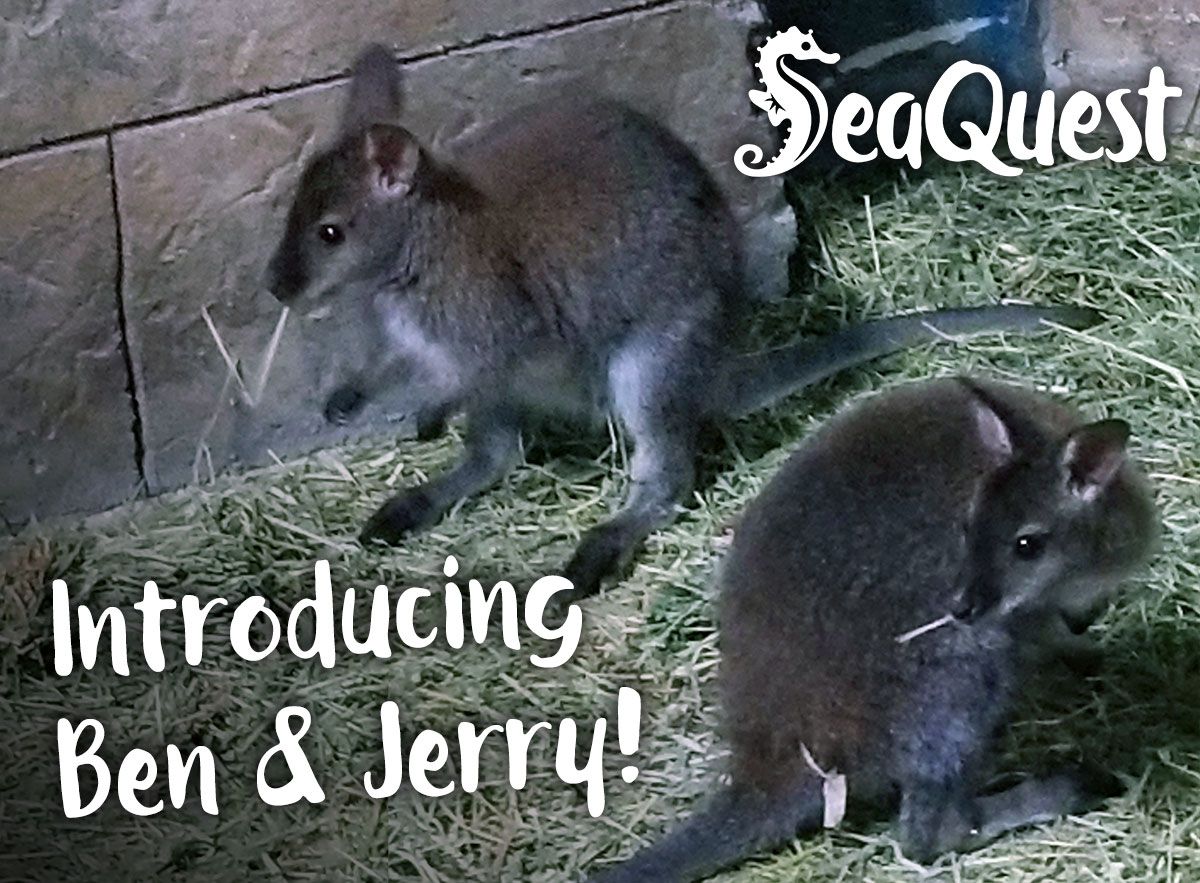
Native to Australia, New Guinea, and New Zealand, the wallaby may look like a mini-kangaroo, but don’t let that fool you! These little guys have their own unique traits and characteristics that set them apart from their bigger, more recognizable, and distant cousin!
What is a Wallaby?
Wallabies are part of the marsupial group of mammals called macropods, which means ‘great-footed animals’ — and there are many types of wallaby species. Some well-known family sub-groups are shrub, brush, and rock wallabies. Wallabies can be small to medium-sized animals. Like all macropods, wallabies have strong back legs with long feet. They hop on their back legs when traveling fast, using the tail as a balance. Like bouncing on a spring, it is an energy-efficient way of traveling great distances. Wallabies tend to be active at night and rest during the day. They often eat the leaves of bushes as well as grass and plants.
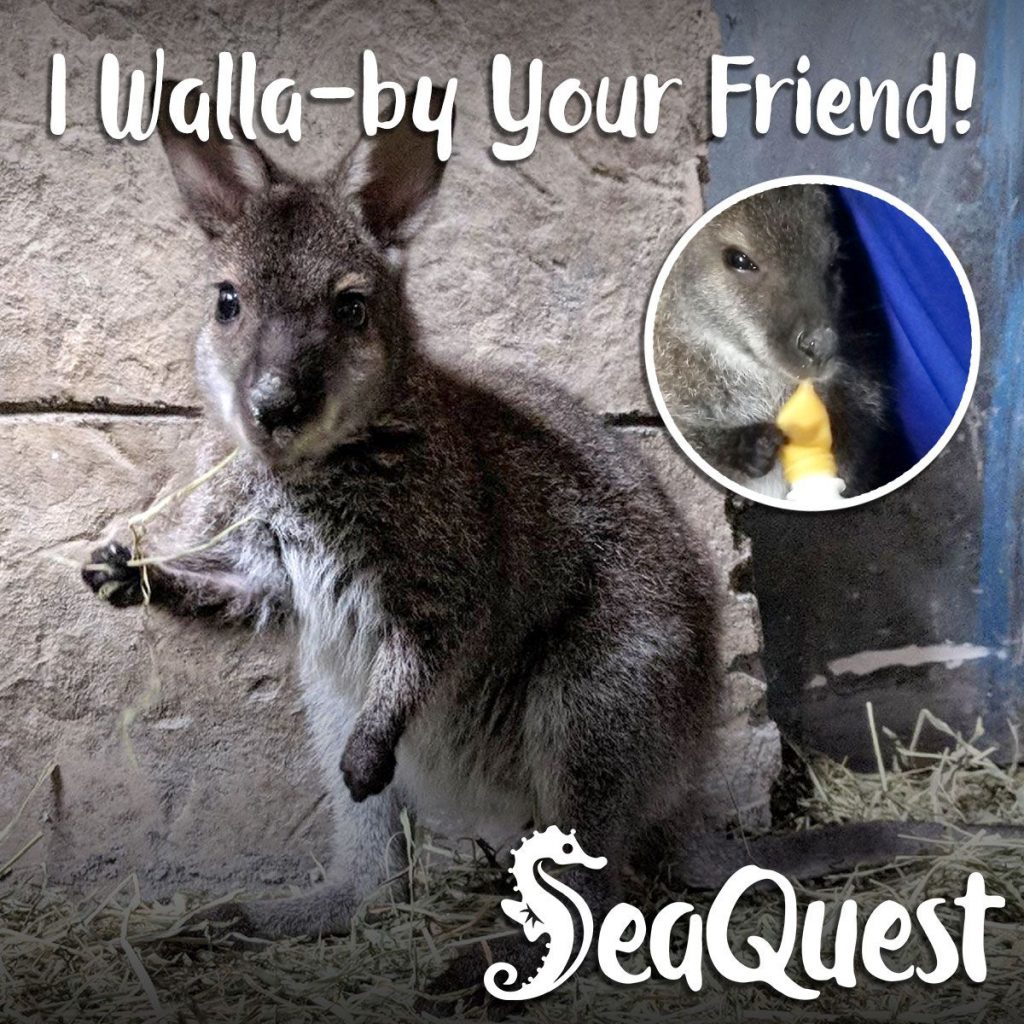
Wallaby vs. Kangaroo: What’s the Difference between the Two
Kangaroos are the larger of the two members in the group of macropods. Wallabies share some kangaroo characteristics, such as the pouches in which females keep newborns. Some of the largest kangaroo species can grow over 6ft in height and weigh up to 200 pounds! However, an average male wallaby only grows to about 2ft to 3ft and weighs between 30 to 40 pounds. Kangaroos also tend to have a longer lifespan ranging from 20-25 years versus the wallaby at 16 to 20 years. Physical characteristics tend to differ between the two as well. Wallabies have smaller facial features but larger ears in proportion to the rest of their face. They also can have distinct color and fur textures, which set each sub-group apart. On the other hand, Kangaroos have evenly proportionate facial features, and their fur color tends to be pretty monochrome. Grey kangaroos have color patterns that fade around the face and neck. Red kangaroos have some white patches on their head and neck areas. Overall, wallabies have become aptly known as a “mini-kangaroo” in the marsupial group of animals.
Wallaby Fun & Important Facts:
- Wallabies are overall very social animals.
- Wallabies are strictly herbivores! No meat for these veggie eaters
- Wallabies species are native to Australia but were later brought to neighboring areas like New Zealand and Hawaii.
- Loch Lomond, Scotland, is also home to a group of red-necked wallabies brought to Lady Colquhoun in the 1920s.
- Much like kangaroos, most wallaby species live in groups of up to 50 animals called “mobs.”
- Though not extinct, wallabies face a number of dangers in the wild, including urbanization of lands, predators, and human interactions that result in accidents. Wallabies have been hit by passing cars on highways in rural Australia.
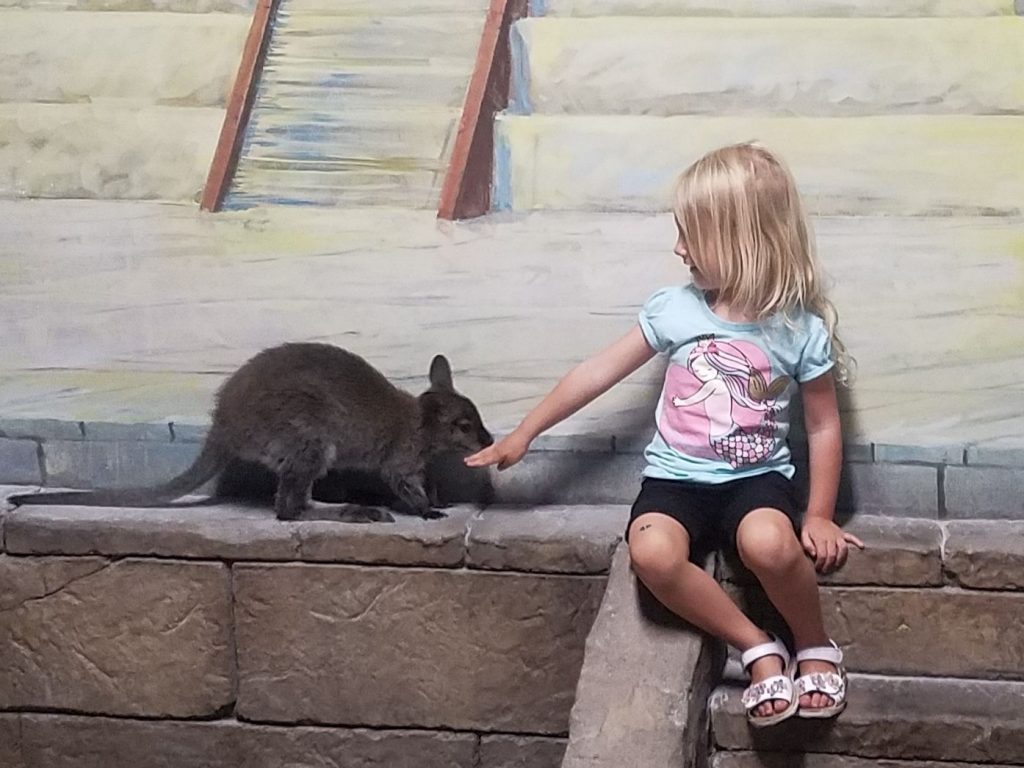
See & Interact with our adorable Wallabies!
SeaQuest is home to several wallabies in our animal family! For an up-close visit with these adorable little mini ‘roos, hop on over to the SeaQuest in your area.
Lastly, visit SeaQuest to learn more about conservation and animals’ ecosystems.
Learn More About SeaQuest, our Animals, and VIP Specials when you Sign Up HERE!

